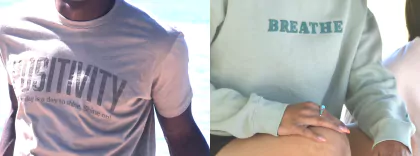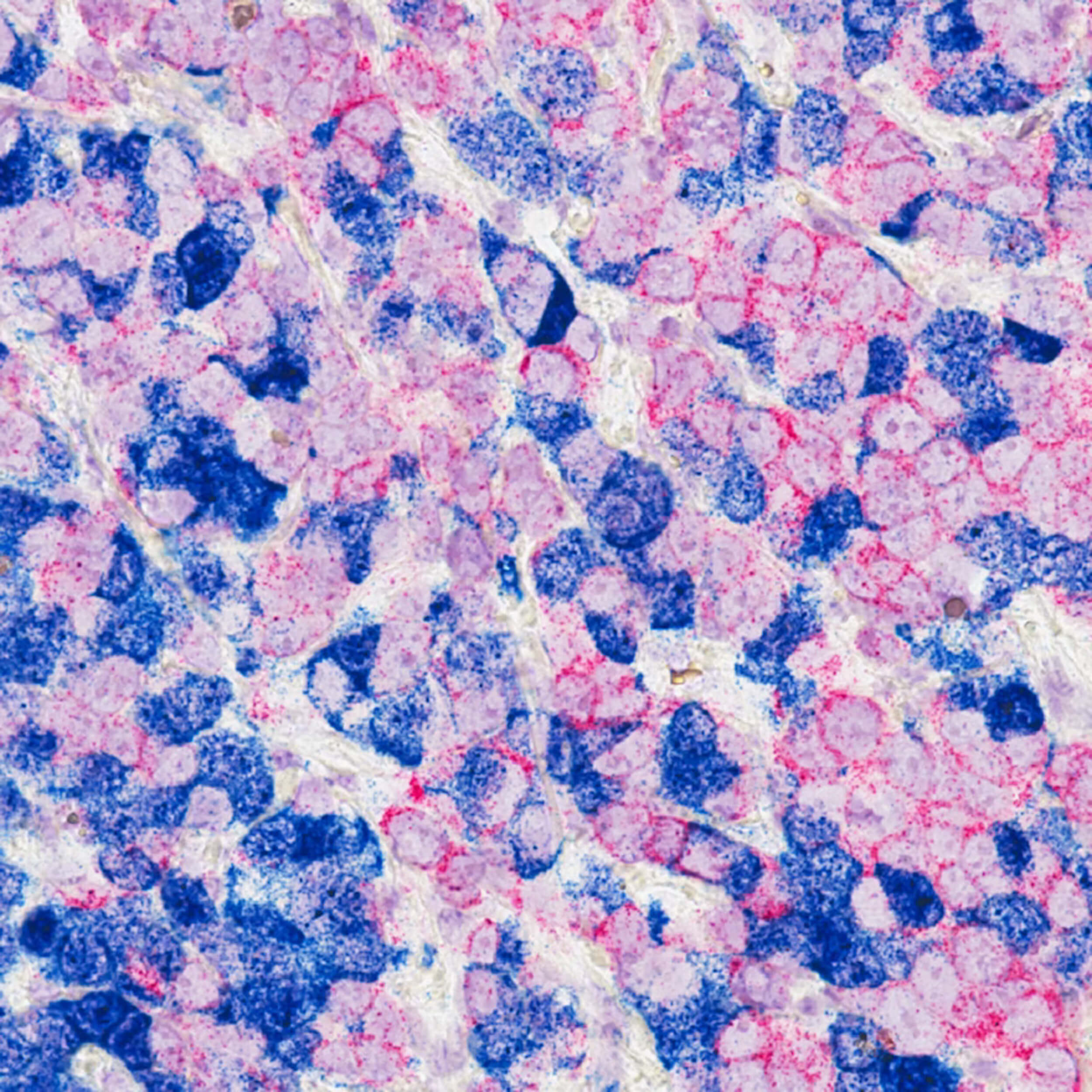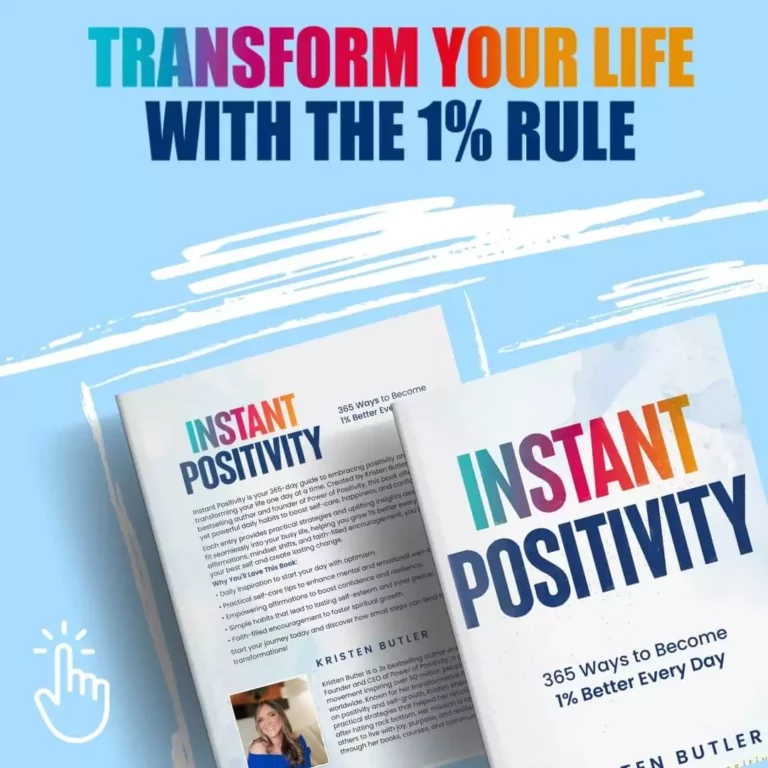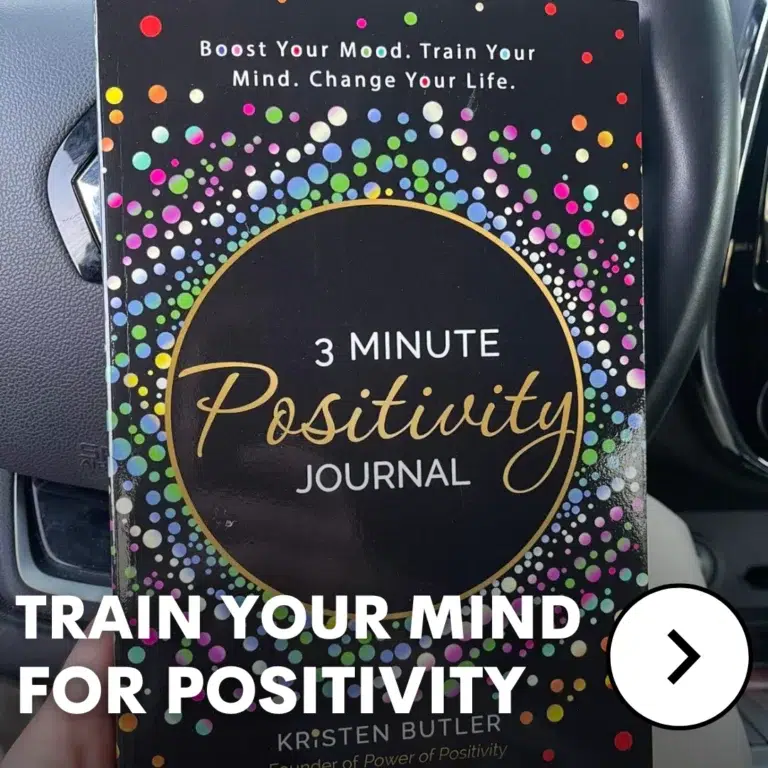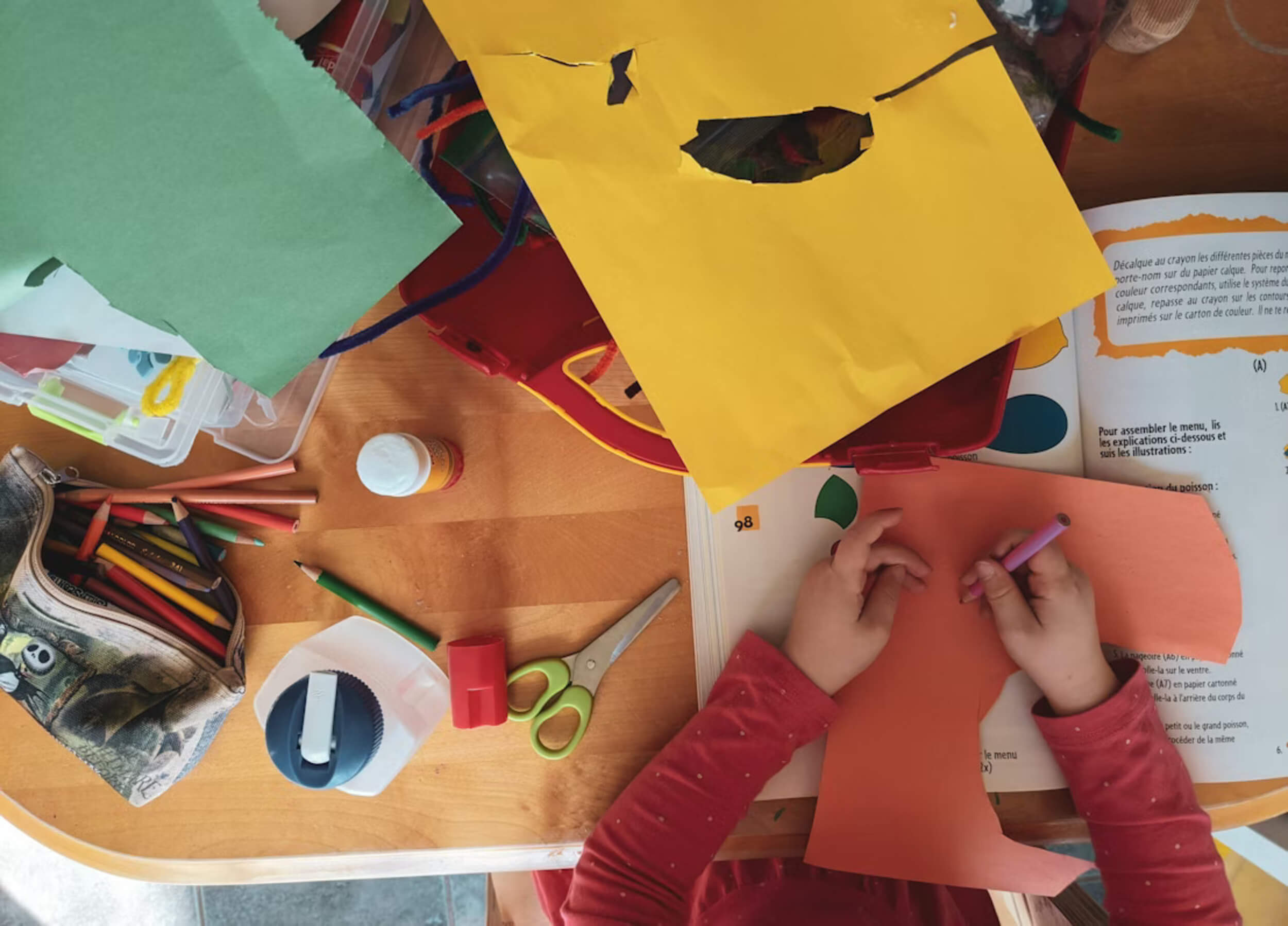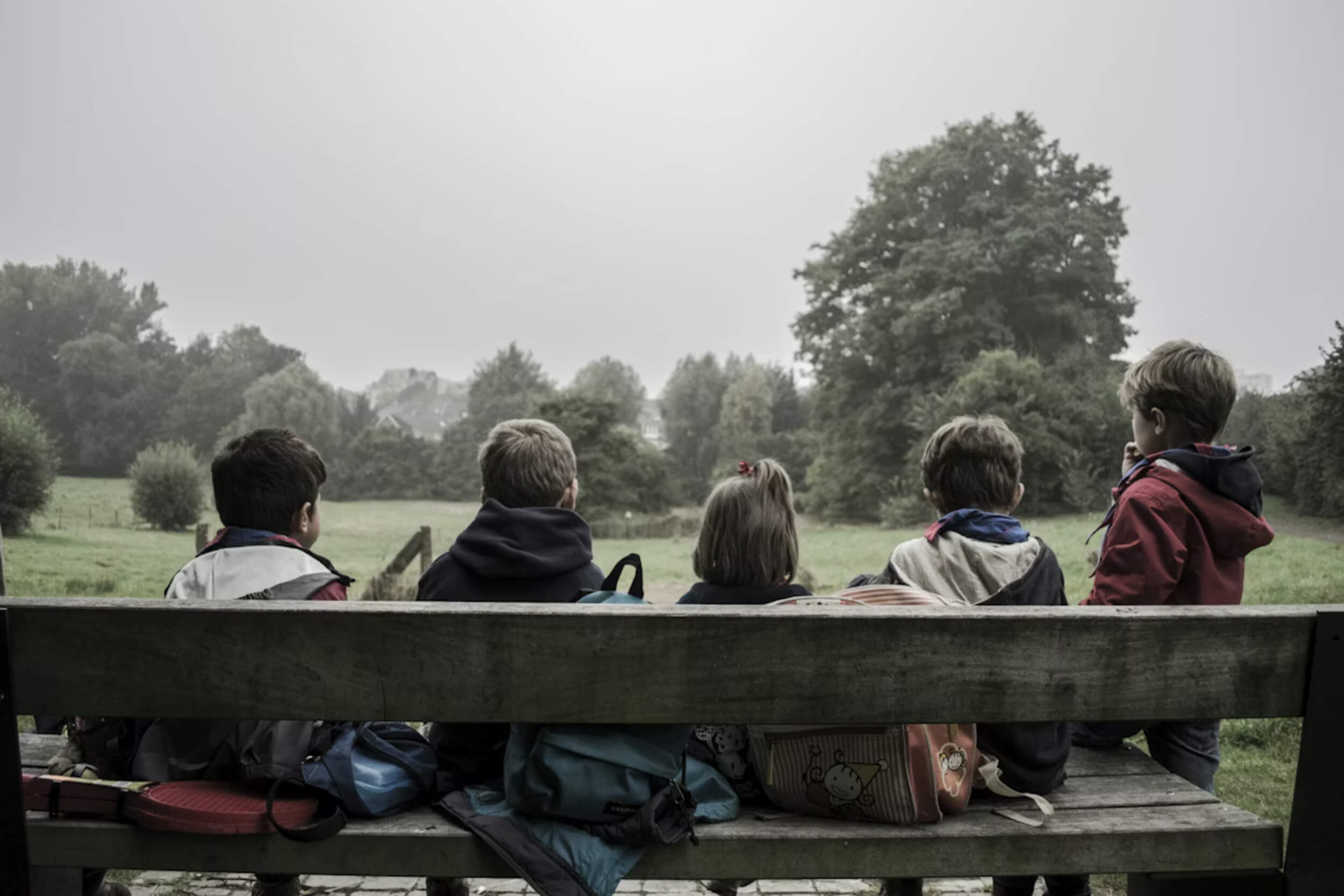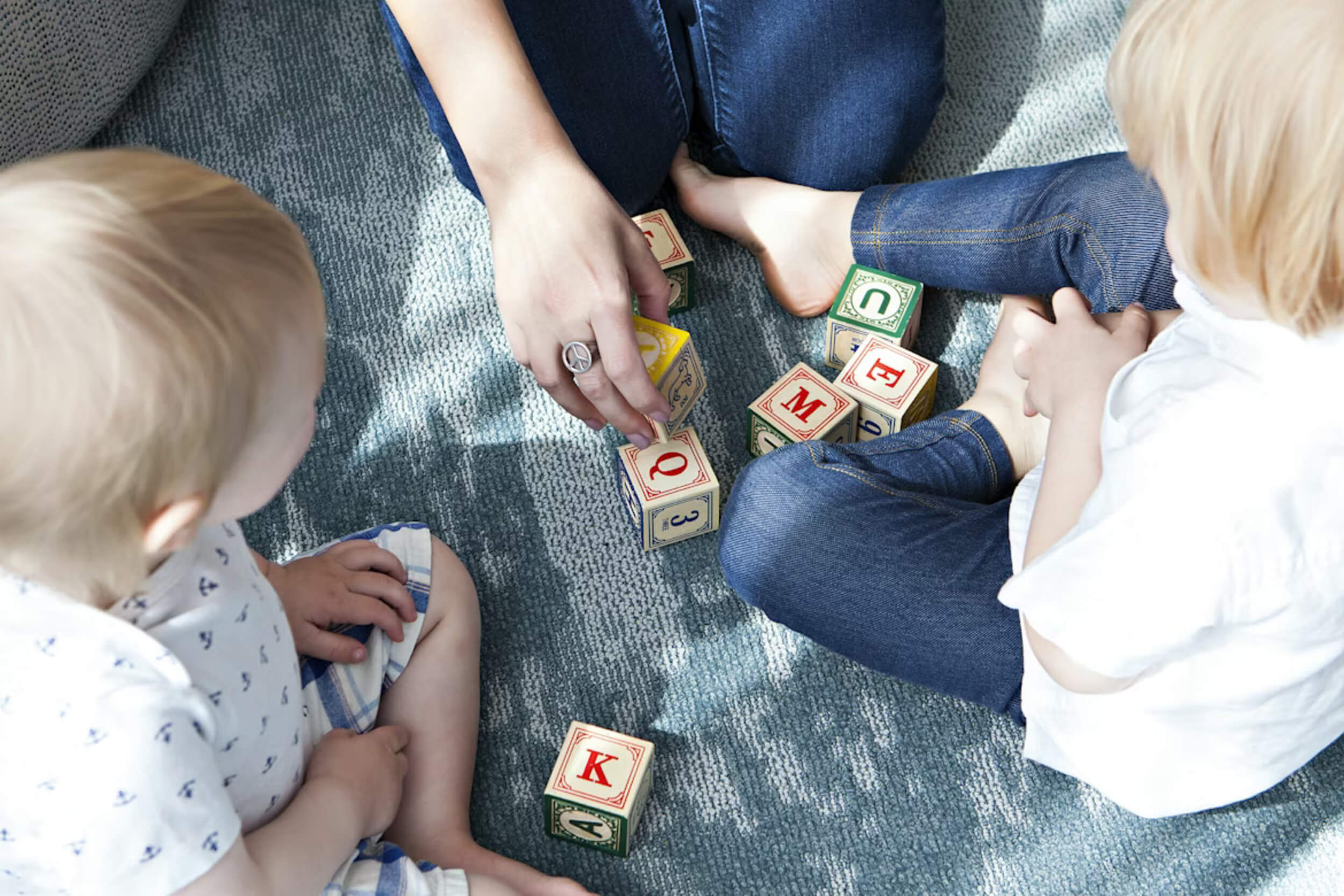Hearing the words “You have breast cancer” can make time stop. Everything suddenly feels uncertain — the future, your plans, even your own body. For many, it’s not just the start of treatment; it’s the start of an emotional storm that touches every part of life. Fear shows up. So does confusion. But so can courage.
Each person’s path looks different, yet there’s one truth many share: life after those words doesn’t end — it changes. Some find comfort in small routines, others in quiet moments with family or friends. Healing with breast cancer isn’t only about medicine or hospital visits. It’s also about finding new meaning in daily life, learning to rest, ask for help, and let hope back in.
What comes next isn’t just survival — it’s rebuilding strength and understanding what healing truly means.
Understanding the Diagnosis: Facing the First Step
Hearing that you have breast cancer can feel like your world shifts in seconds. Doctors begin to explain things like “stages,” “treatment options,” and “next steps,” but it’s hard to take it all in. In simple terms, staging helps doctors understand how far the cancer has grown or spread. This guides what treatment works best — whether it’s surgery, chemotherapy, or radiation.
At first, emotions run high. Some people freeze, others cry, and a few feel nothing at all. Fear, denial, and disbelief often come first, and that’s normal. Still, asking questions early matters. Talking openly with your doctor about what each step means can make the unknown less scary. When you understand what’s happening, it gives back a sense of control — and that control becomes the first sign of healing with breast cancer.
Emotional Recovery: Healing the Mind Alongside the Body
The Emotional Rollercoaster
After diagnosis, feelings can swing fast — one moment hope, the next sadness or anger. Guilt sometimes appears too, even when there’s no reason for it. These emotions are natural and don’t mean you’re weak. They’re signs that you’re human and trying to process something big.
Seeking Mental Health Support
Talking helps more than most realize. Whether it’s through a counselor, a breast cancer support group, or trusted friends, sharing emotions lightens the load. Many survivors say mental healing is just as important as medical treatment. Therapy or group talks help you find words for fears that feel too heavy to carry alone.
Finding Hope Again
Some people journal, pray, or meditate to find calm again. Others draw strength from faith or creative outlets. Over time, hope becomes part of daily life — a quiet reminder that no one heals alone. Healing with breast cancer means healing the mind, heart, and spirit too.
Support Systems That Make a Difference
Family and Friends as Anchors
When treatment starts, loved ones often become lifelines. A warm meal, a ride to the hospital, or someone just sitting beside you can make hard days softer. Support doesn’t have to be grand — it’s the small acts that remind you that you’re not facing this alone.
Support Groups and Cancer Communities
Beyond family, many find strength in others who’ve walked the same path. Cancer communities — both local and online — help patients share tips, tears, and victories. Hearing someone say, “I felt that too,” can change everything. Shared strength builds courage, and courage builds healing.
Navigating Treatment: Courage in Every Step
Making Informed Decisions
Treatment for breast cancer often includes surgery, chemotherapy, radiation, or hormone therapy. Each has its own path and purpose. The best step is to talk honestly with doctors about what fits your body and your life. Knowing the side effects and goals helps you feel prepared, not powerless.
Managing Physical Side Effects
Fatigue, nausea, and hair loss are common, but support programs now make these easier to handle. Wigs, scarves, gentle skincare products, and simple exercise plans help women feel more like themselves again. Even light walks or stretching can boost energy and mood.
Staying Motivated Through Challenges
Every small win matters. Many find strength by celebrating each step — finishing a chemo cycle, eating a full meal, or laughing again. These moments remind patients that progress is real. Healing with breast cancer takes time, but courage grows stronger with every milestone.
Rebuilding Daily Life: Creating a New Normal
Adjusting Routines After Treatment
Life after treatment can feel both freeing and strange. Going back to work or caring for family may feel different now. Taking things slowly helps — rest when needed and don’t rush back into old routines. Healing means listening to your body’s pace.
Rediscovering Identity Beyond Cancer
Many survivors talk about finding a “new normal.” Some start advocacy work, others focus on simple joys like gardening or spending more time with loved ones. Life becomes less about returning to what was and more about appreciating what is. Healing with breast cancer often leads to a deeper sense of purpose.
The Role of Nutrition and Movement in Recovery
Eating for Strength and Balance
Food becomes part of recovery. Eating more fruits, vegetables, lean proteins, and whole grains helps the body repair itself after treatment. Staying hydrated and limiting processed foods support energy levels and mood.
The Healing Power of Gentle Exercise
Movement matters too. Gentle exercises like walking, yoga, or swimming help rebuild strength and reduce stress. Studies show that regular activity may lower the risk of recurrence and improve sleep and overall well-being. The goal isn’t perfection — it’s consistency. Healing with breast cancer often starts one step, one meal, and one good day at a time.
Body Image and Self-Confidence After Surgery
Adjusting to Physical Changes
Surgery, especially a mastectomy, can change how someone feels about their body. Scars and reconstruction can affect confidence. Yet many survivors learn that strength and beauty don’t disappear — they simply look different now.
Finding Confidence Again
Self-care becomes part of healing. Survivors use art, photography, and writing to honor their bodies. Specialized clothing, soft bras, and prosthetics help restore comfort. Accepting every mark and change becomes a quiet act of courage — proof that healing with breast cancer is not just survival, but self-love.
Relationships and Intimacy During Recovery
Open Conversations with Partners
Honest talks with a partner can rebuild closeness. Fear, fatigue, or physical changes may create distance, but understanding brings comfort. Some couples find counseling helpful to reconnect emotionally and physically at a gentle pace.
Maintaining Connection
Shared vulnerability often deepens love. Holding hands, laughing, or just being together can mean more than words. When both partners face the healing process as a team, it strengthens their bond and prepares them for new beginnings.
Turning Pain Into Purpose: Advocating for Others
Sharing the Story
Many survivors turn their journey into something bigger. They speak at events, write blogs, or start awareness campaigns. These acts not only help others — they help the survivor find meaning and closure.
Changing the Conversation
Talking about cancer breaks the silence around it. It shows others that life after diagnosis can be full and joyful. Sharing stories reminds people that healing with breast cancer isn’t the end of something — it’s the beginning of a new mission to spread hope.
Living with Uncertainty: Embracing Each Day Fully
Even after treatment, worries about cancer returning can linger. Instead of letting fear take over, many survivors turn to daily gratitude and mindfulness. Focusing on what’s happening now — family, laughter, a sunny morning — helps keep peace in the present.
Healing doesn’t mean forgetting what happened. It means learning to live alongside it and choosing joy despite uncertainty. Every day is a chance to live a little fuller and love a little deeper.
The Medical Side of Hope: Advances in Care
Breast cancer care continues to improve every year. New treatments like targeted therapy, immunotherapy, and genetic testing allow doctors to personalize care. Survival rates are higher now because research and awareness keep growing.
Emotional care is now part of treatment too — more hospitals include mental health and nutrition support in cancer care plans. The message is clear: healing with breast cancer is no longer just about medicine — it’s about treating the whole person.
Faith, Resilience, and Redefining Hope
Faith and inner strength often guide people through dark days. Whether through prayer, quiet reflection, or community, many find a peace that lifts them forward.
Resilience grows one moment at a time — through patience, kindness, and acceptance. Healing with breast cancer becomes a journey of rediscovering life’s small blessings and realizing that strength doesn’t mean never breaking — it means rising every time you do.
Final Thoughts on Healing After Breast Cancer
The path from diagnosis to recovery changes people in lasting ways. It teaches courage, compassion, and a deeper love for life. Healing with breast cancer is more than surviving — it’s rebuilding every part of who you are.
Healing touches more than the body; it reaches the heart, mind, and relationships that keep life meaningful. The journey may start in fear, but it often ends in strength, purpose, and hope — proof that even after the hardest news, life can bloom again.
